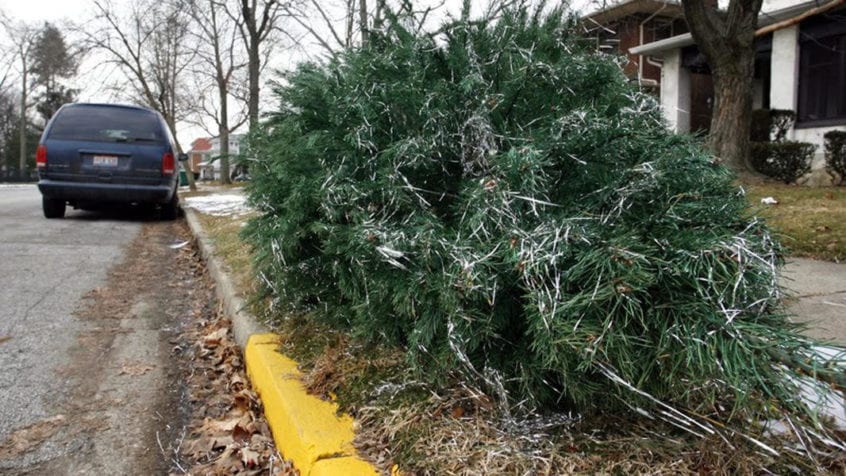
It’s beginning to look a lot like Christmas.
 Everywhere you go… Needless to say, it’s been a strange year for everyone! Despite all the difficulties and challenges, the holidays are fast approaching, and we are in a hurry to buy and decorate our Christmas trees. The other day, passing by our neighborhood community tree lot, I was surprised not to see any trees left and the lot already cleared out. Usually, we do not buy our tree till at least mid of December; however, this year, we overheard that there might be a shortage, and we made sure to get our tree right after Thanksgiving day.
Everywhere you go… Needless to say, it’s been a strange year for everyone! Despite all the difficulties and challenges, the holidays are fast approaching, and we are in a hurry to buy and decorate our Christmas trees. The other day, passing by our neighborhood community tree lot, I was surprised not to see any trees left and the lot already cleared out. Usually, we do not buy our tree till at least mid of December; however, this year, we overheard that there might be a shortage, and we made sure to get our tree right after Thanksgiving day.
Due to Covid-19 people mainly staying and celebrating holidays at home this year. Is it the only reason behind the national Christmas tree shortage? No doubt, with many of us opting not to travel this year, we got the same idea of making unforgettable memories around a fresh-cut tree. Tree Farm owners indicate that their sales are between 30% and 40% higher than in the previous season. However, there seem to be several other reasons for driving the shortage. Some experts say that tree shortage has nothing to do with the pandemic.
 It appears that the root of the problem goes back to the 2008 recession when farmers planted fewer trees in 2008 and 2009 because tree sales were down. Since it takes 8-10 years for a tree to grow, we still experience the impact of those decisions made in 2008 and 2009. In addition, drought conditions and several years of intense wildfires in the western U.S. have taken a toll on Christmas tree farms.
It appears that the root of the problem goes back to the 2008 recession when farmers planted fewer trees in 2008 and 2009 because tree sales were down. Since it takes 8-10 years for a tree to grow, we still experience the impact of those decisions made in 2008 and 2009. In addition, drought conditions and several years of intense wildfires in the western U.S. have taken a toll on Christmas tree farms.
It is almost hard to believe that there is a shortage as just a couple of years ago, the tree growing industry was seriously struggling. Between 75% and 80% of Americans preferred to have an artificial tree. Back in 2018, the industry even launched a social media campaign called “It’s Christmas. Keep It Real!” to attract young families and millennials. There is no doubt that the artificial tree has its advantages. There are no worries about continually growing prices, and no need to water or clean up the pine needles mess. Eco Terra is the environmental organization, and what makes most of us working here awake at night is what else we (and you) can do to help this planet. Most of the artificial trees currently on the market are made of plastic and steel, produced in China and shipped to the United States, and after a few years end up at the landfill where they can’t decompose. A real Christmas tree has its benefits. First, while growing, it is cleaning the air by releasing oxygen and taking in carbon dioxide. If grown locally, a tree also has a significantly lower carbon footprint. The tree growers create jobs. More importantly, a real tree is completely biodegradable and can be used for lumber, turned into mulch, or composted and used as a fertilizer.
If you are one of the lucky ones who’s got a real Christmas tree this year, please do good for the environment and recycle it! Most cities have special programs to pick up your tree.